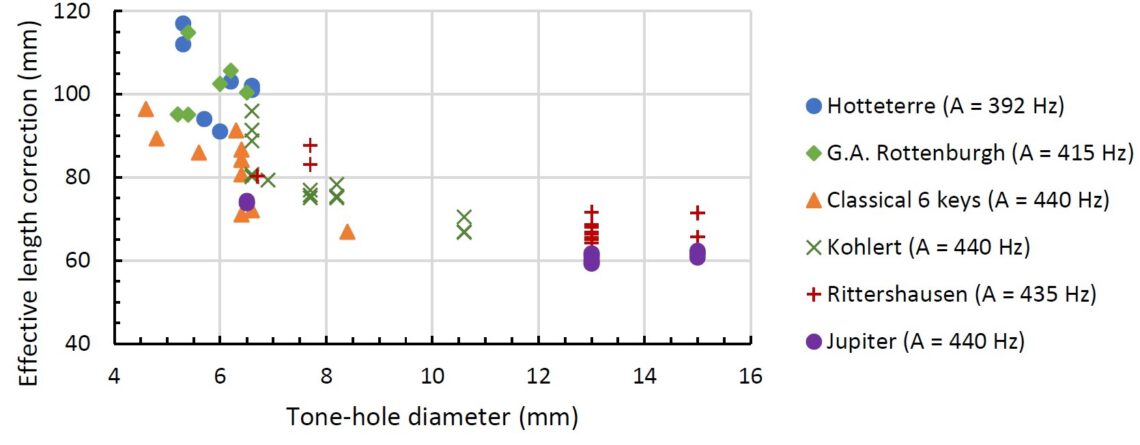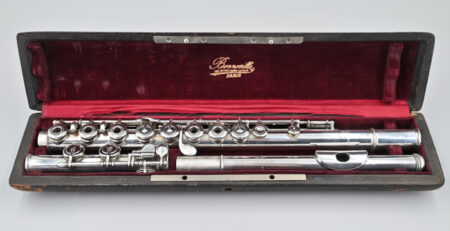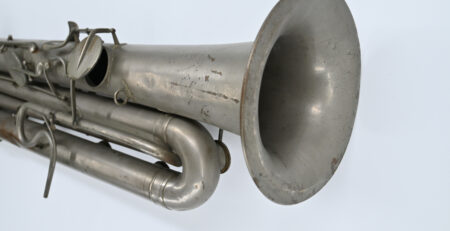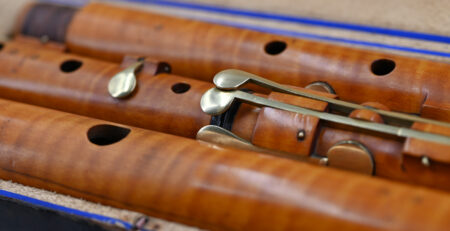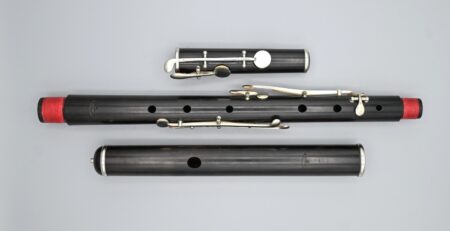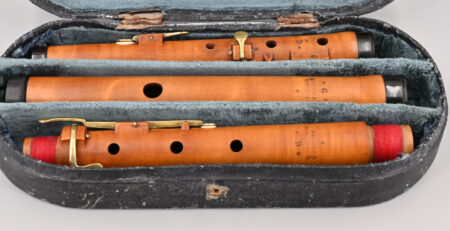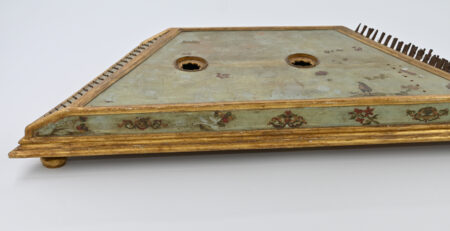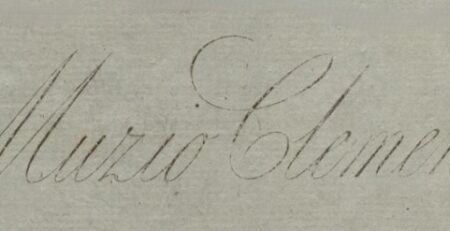Acoustical aspects of the transverse flute from 1700 to present
If you are interested in learning more about flute acoustics, we have an interesting article written by Jens Holger Rindel, a senior consultant at Multiconsult in Norway, senior researcher in Odeon A/S, Denmark, former Professor in acoustics at the Technical University of Denmark… and flutist!
It was presented at the Baltic-Nordic Acoustics Meeting 2021. Thanks Jens!
The transverse flute is one of the oldest musical instruments and in principle, the acoustics are very simple, being a tube that is open in both ends. However, the modern flute is a very sophisticated instrument and the acoustics are not at all simple. In medieval Europe, a cylindrical flute with six or seven tone-holes was used in folk music and in the military (the fife), but the range of usable musical tones was rather limited, and the harmonics of the tones were in general out of tune. Around 1700, instrument makers in France managed to solve these acoustical problems with the so-called Hotteterre flute, which had a cylindrical head joint combined with a conical body with seven tone-holes, narrowing towards the end. This flute had a pleasant soft tone suitable for indoor playing. However, there were still musical limitations, because some tones were quite weak, and the flute could not play all chromatic tonalities equally well. Thus, the flute continued to develop gradually until 1847, when Theobald Boehm presented a quite revolutionary new design of the flute. This solved the technical problems, but also changed the sound to be stronger and brighter than before. The evolution of the flute is illustrated with instruments from the author’s flute collection.
Click below to download and continue reading the article in PDF format.

